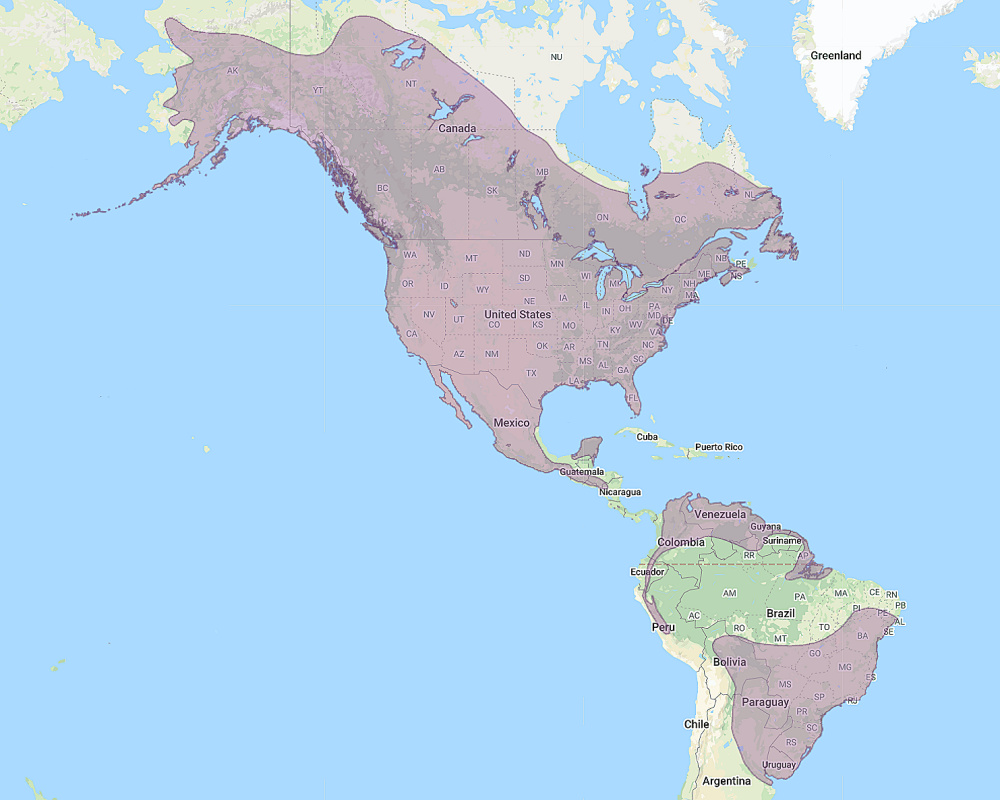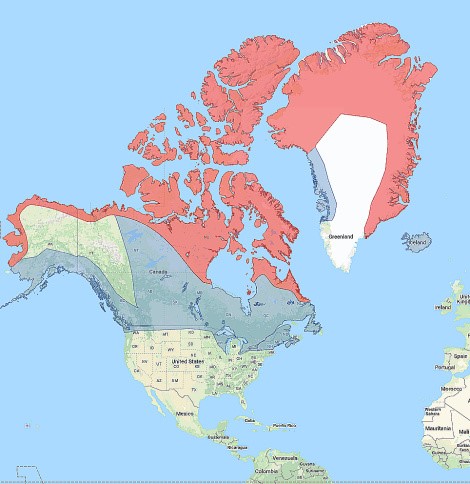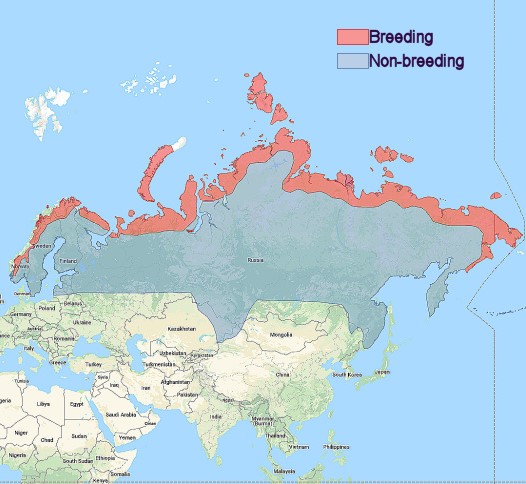The Great Horned Owl
The Great Horned Owl (bubo virginianus) is commonly the first thing people think of when hearing someone mention owls. For good reason-- Great Horned Owls are majestic and can be found in every state. They're both nocturnal and crepuscular, which means they can be seen at night and twilight hours
Great Horned Owls eat pretty much anything they can overpower. Though they often go for rabbits, hares, mice, and voles, they will also eat pretty much any rodent, amphibians, birds, reptiles, invertebrates, and even mid-sized mammals. Great Horned Owls have taken down prey as large as turkeys and as tough as young alligators. They typically have a dive-and-swoop attack, but will also wade in shallow water to get amphibians.
Great Horned Owl feather colors vary from region to region. Arctic dwelling ones tend to have a more washed-out morph, while central American and west coast ones have lots of dark brown and black in their plumage.
Great Horned Owls nest in January and February, and fiercely defend their young. They aren't terribly picky about nesting spots, and lay clutches of 2-4 young. They are solitary birds aside from when they're mating.
Fun facts:
- Great Horned Owls have eyesight that's x35 more sensitive than humans and can hear sounds up to 10 miles away!
- Great Horned Owls are one of the heaviest owls and have a huge appetite
The Snowy Owl
The Snowy Owl (bubo scandiacus) is a majestic bird of the arctic. It is mostly nocturnal but can also been seen during the day.
Snowy Owls are virtually silent, except for breeding season. Courting begins in midwinter, and clutches of 5-8 eggs are laid in May. Snowy Owls nest on the ground in locations that are near hunting, snow free, and have a good view in every direction for predator detection. Males hunt while females incubate, and both are fiercely protective of their young. If an egg or entire clutch is lost, the female won't lay another because Snowy Owls are single brooded.
Snowy Owls use hoover and sit-and-wait styles to hunt. They mostly eat voles and lemming, but also eat small birds and mammals. If necessary, they'll eat fish and carrion.
Fun Facts:
- Snowy owls are pretty heavy because of their thick feathers
- When migrating to and from breeding locations, Snowy Owls follow waterways because that's where preferred prey like snow goose also fly


